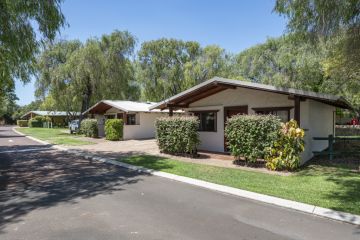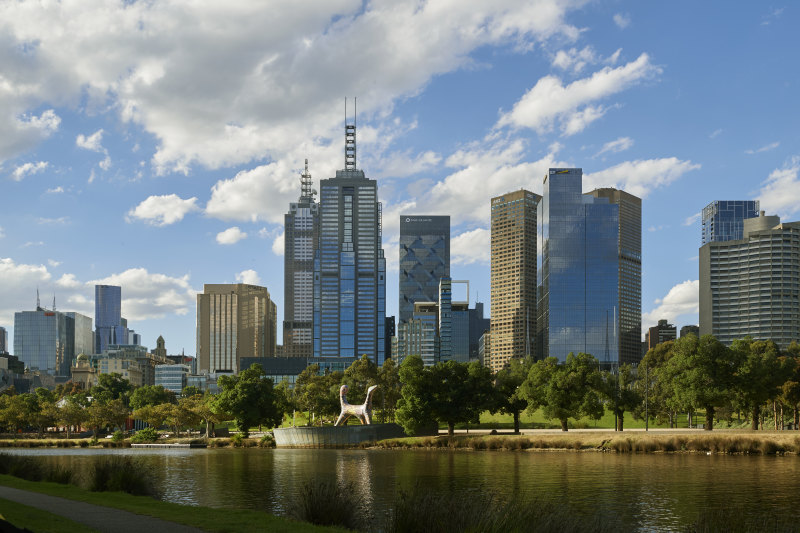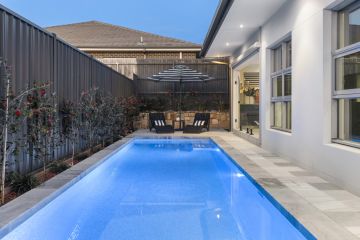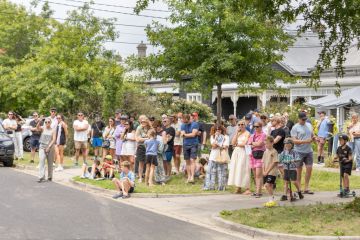RBA interest rates: Reserve Bank raises cash rate to 4.35 per cent to curb inflation
Fears of a Melbourne Cup day rate rise have come to pass, with the Reserve Bank of Australia (RBA) announcing it will raise the cash rate by another 25 basis points to 4.35 per cent.
Despite the drop in annual inflation, the RBA decided to raise the cash rate at its November board meeting – the 13th rate hike since May 2022.
Ray White Group chief economist Nerida Conisbee is shocked the RBA did not hold rates again at 4.1 per cent rate given the pressure households are under.
“Bad news for renters. Bad news for people with mortgages. Bad news for the construction sector,” she said. “What’s driving inflation at the moment won’t really be helped by a rate rise.
“People hate the uncertainty of whether rates are going to increase. That seems to be what stresses people out. A prolonged period of a hold does seem to give stability to the housing markets.”
Tuesday’s decision reflects the stance RBA governor Michelle Bullock took in an October meeting with the Senate Economics Legislation Committee, when said she had a “low tolerance” for inflation.
“Even though we haven’t raised interest rates since our last interest rate rise in June, we’ve made it very clear that we might need to go again,” she said.
“Although services inflation is declining, it’s still higher than we’re comfortable with. And it’s also reasonably persistent.”
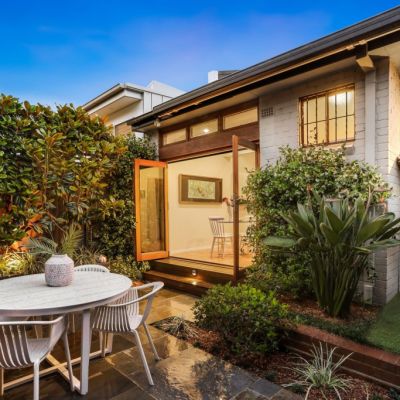 Australia’s property market has almost fully recovered from the downturn and nearing pandemic record highs
Australia’s property market has almost fully recovered from the downturn and nearing pandemic record highs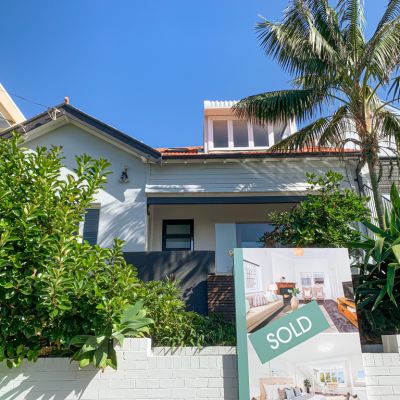 How has Australia’s property market bounced back while interest rates and the cost of living are so high?
How has Australia’s property market bounced back while interest rates and the cost of living are so high?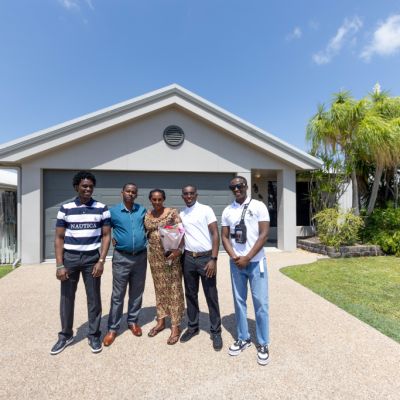 Would you buy a house for your parents? These two young brothers did, after growing up in refugee camps
Would you buy a house for your parents? These two young brothers did, after growing up in refugee camps
The consumer price index (CPI) rose by only 1.2 per cent this quarter, lower than inflation seen in 2022. However, general inflation sits at 5.4 per cent, outside of the RBA’s 2-3 per cent target range.
Another rate hike could put home owners back on the fence about selling, Domain chief of research and economics Dr Nicola Powell said.
| Loan amount | 6.25% | 6.50% | 7% | 7.25% |
| $500,000 | $3,079 | $3,160 | $3,327 | $3,411 |
| $600,000 | $3,694 | $3,792 | $3,992 | $4,093 |
| $800,000 | $4,926 | $5,057 | $5,322 | $5,457 |
| $1 million | $6,157 | $6,321 | $6,653 | $6,822 |
“What we’re likely to see from another rate hike is the pace of growth is already slowing, and we’re likely to see that continue to slow,” she said.
“I think that we’re still going to see prices rise, some markets will go sideways, but I actually think the biggest risk to our housing market is going to come probably next year around how quickly inflation is contained and whether or not we move into a recession.”
Data from Finder shows another rate rise means $182,000 is now the minimum income to afford the average Aussie house.
This latest rate rise means $182,000 is now the minimum income required to afford the average Aussie house, according to data from Finder. For units, it’s almost $130,000.
That’s a far cry from the average full time salary of almost $96,000, according to ABS data.
Graham Cooke, head of consumer research, says the prospect of owning a home is dwindling for new buyers trying to get into the market.
“People are looking at stretching themselves financially in order to purchase a property,” he says. “Whilst not impossible, there are a lot of things to consider for those aspiring to own a home.”
The primary drivers for inflation this quarter were the increasing prices of petrol, rent, new dwellings purchased by owner-occupiers, and electricity.
Inflation was not coming down quickly enough, said Sean Langcake, head of macroeconomic forecasting at BIS Oxford Economics, and that adding another 25 basis points to the cash rate would “not hurt the market”.
“Unfortunately, the RBA is realistic about the impact of 25 basis points being pretty small and real fine tuning like that is difficult to do,” Langcake said.
“I think they clearly wanted to ride out this cycle without raising rates again, but they are being forced back to the table.”
He said Australia was “more or less at the end of the [interest rate] cycle” but inflation was still persisting. “We’re still clocking up pretty strong inflation despite there being a lot of government subsidies around utilities and childcare trying to push highs down,” he said.
“The underlying cost pressures in the economy are still brewing, and while the unemployment rate is below 4 per cent, we expect labour costs to keep pushing up, and that’s pushing up services price inflation.”
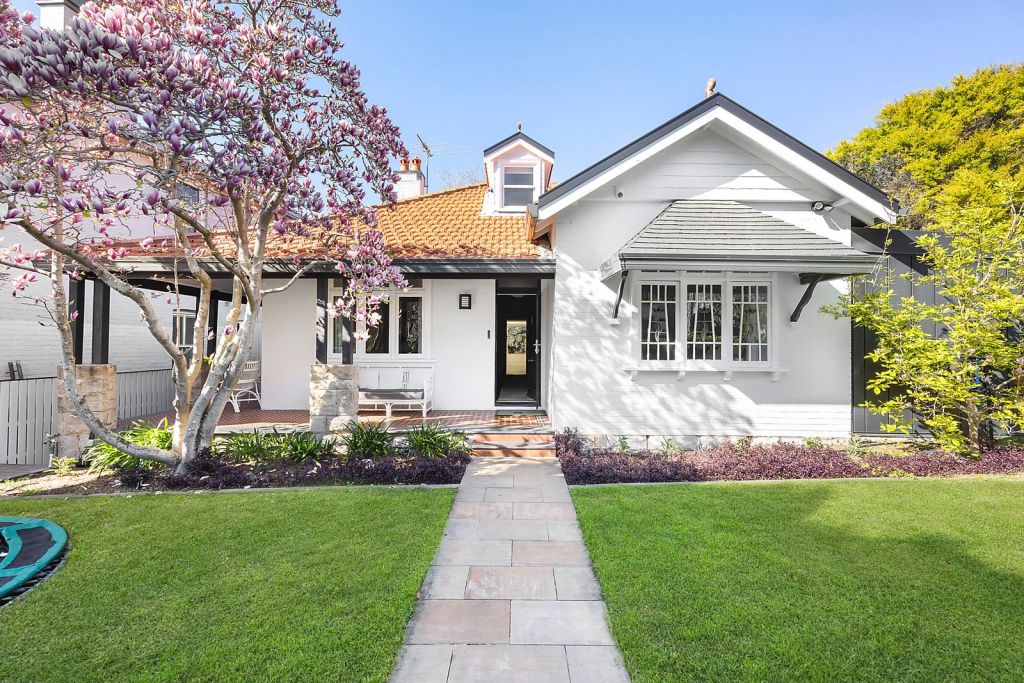
University of Sydney professor of macroeconomics James Morley said it was unlikely the Australian economy would fall into a recession.
“The chances of recession are going to be lower, [so the RBA] can also continue to raise now,” he said. “It doesn’t mean that it couldn’t be in the future, but they really see that the chance of a soft landing is higher, and the chances that the past changes they did are going to trigger a recession are going to be lower.”
With the rate hike, lenders are likely to pass on the extra 25 basis points to existing loans, but Mozo money expert Rachel Wastell said this could force greater competition in the home loans space.
“Borrowers will be stressing a little bit, there will be a push for refinancing, and people will start looking for the cheapest loan,” she said.
“Potentially, there will be a little bit more for those people who are facing those rate rises to look outside the big four and see if they can meet that serviceability offer. Maybe it’s not worth paying that 7 per cent.”
We recommend
We thought you might like
States
Capital Cities
Capital Cities - Rentals
Popular Areas
Allhomes
More



